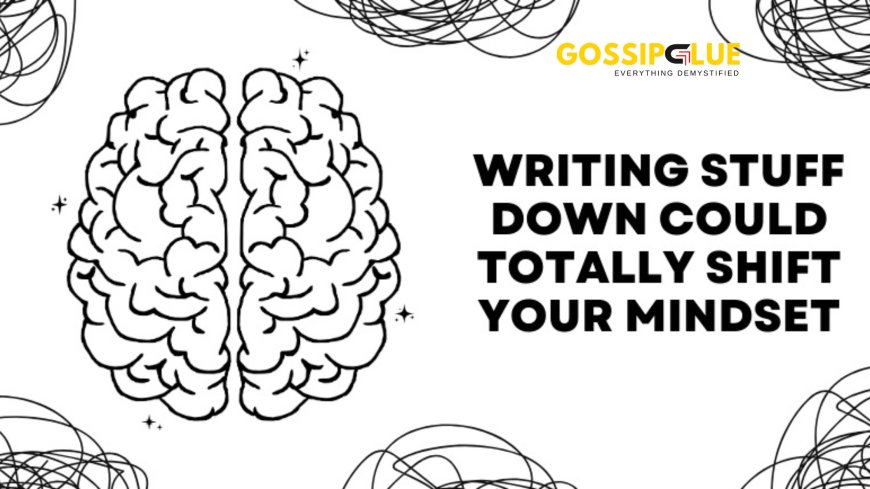Are You Really Relieving Stress—Or Just Distracting Yourself?
Let’s be real for a second.
A few years ago, I was juggling client calls, backend bugs, and sprint deadlines while trying to convince myself that my late-night Netflix binges and social media scrolls were self-care. I even started calling them “digital decompression sessions” to feel better about it.
But deep down, I knew something was off.
Despite my “stress relief efforts,” I still woke up exhausted, with a racing mind and stiff shoulders that felt like I’d spent the night wrestling a gorilla. My focus was slipping. Burnout was knocking. And the tools I thought were helping… were actually hurting.
That was my wake-up call. Maybe you’re at that point too—or heading there. So let’s dive in and explore: Is your stress relief strategy really working for you, or just covering up the symptoms?
The Hidden Problem with Most Modern Stress Relief Methods
In today’s tech-driven world, stress is everywhere—especially if you work in IT. We’re problem solvers by profession, but that constant mental activity comes at a cost. And when the pressure builds, we instinctively turn to what’s easy and familiar: screens, snacks, and scrolling.
Sure, these things might feel like stress relief. But let’s call it what it is: distraction.
And distraction isn’t healing.
Temporary relief from stress doesn’t equal long-term calm. Over time, using the wrong stress relief methods can trap you in a cycle—stressed, numb, repeat—without actually releasing the tension stored in your body or calming your overactive mind.
Why Real Stress Relief Starts with the Body
Here’s something most people overlook: stress isn’t just in your head—it’s in your body.
Ever noticed that tight chest, clenched jaw, or stiff neck after a long coding session or tough meeting? That’s not just “mental pressure.” It’s your nervous system reacting. And unless you find ways to release that stored tension, it doesn’t just disappear.
That’s where body stress release comes in. Unlike passive distractions, physical and mindful techniques help your body discharge built-up stress—safely and effectively.
For me, learning to incorporate gentle stretches, breathwork, and even five minutes of mindful walking between work blocks made a world of difference. These might not seem like game-changers, but over time, they reset your internal systems and bring you back to center.
Discovering the Power of Vipassana and Stress Meditation
When I hit my burnout breaking point, I stumbled onto Vipassana. At first, I was skeptical. I mean—sit still and do nothing? For an hour? It felt like the opposite of productivity.
But that’s exactly what made it powerful.
Vipassana, rooted in Vipassana Buddhism, is one of the oldest forms of stress meditation. It teaches you to observe bodily sensations with complete neutrality—no judgment, no reaction, just awareness. The idea is simple but profound: by noticing how stress arises and passes, you train your brain to stop overreacting to every little spike in tension.
During my first 10-day retreat, I didn’t “find peace” immediately. Actually, I found boredom, discomfort, and a mental mess I’d been ignoring for years. But by the end, something shifted. I wasn’t cured—but I understood myself better. I was able to observe stress instead of drowning in it.
Vipassana isn’t for everyone, but it is worth exploring if you want deep, lasting relief—not just a temporary fix.
Signs Your Strategy Might Be Hurting More Than Helping
So how do you know if your current approach is missing the mark? Here are some signs to watch out for:
- You feel just as tired after your “relaxation time.”
If you binge-watch or game for hours but still feel drained, that’s a red flag. - You avoid being alone with your thoughts.
Real meditation relaxation involves turning inward—not escaping. - You need constant stimulation to unwind.
Podcasts, videos, noise—if silence feels unbearable, it may be time to recalibrate. - You rely on substances to calm down.
Whether it’s caffeine to power up or wine to power down, this creates dependency, not balance.
It’s not about guilt—it’s about awareness. Once you see what’s not working, you can start to make healthier, more effective choices.
Healthier Stress Relief Methods That Actually Work
Ready to upgrade your strategy? Here are stress reducing activities that blend science, mindfulness, and practicality—perfect for anyone in high-stress professions like IT:
1. Vipassana-Style Breath Awareness
Start small. Just 5 minutes a day of observing your breath—without trying to control it—can regulate your nervous system and reduce emotional reactivity.
2. Walking Meditation During Breaks
Instead of scrolling, try a silent walk around the block. Focus on your steps, the wind, the sounds around you. This moving meditation calms the mind and gives your body a reset.
3. Progressive Muscle Relaxation (PMR)
This is great for unwinding after work. Tense and release muscle groups one by one to physically discharge tension you didn’t even know you were holding.
4. Journaling as Self-Therapy
Write down your stress triggers, your reactions, and how you coped. Over time, you’ll notice patterns—and be able to make better choices.
5. Digital Sunset Routine
Choose a time each night when you go tech-free. Read, stretch, listen to calming music, or just breathe. Give your brain a chance to slow down before bed.
Final Thought: The Right Strategy Feels Like Coming Home
Here’s the thing—stress isn’t the enemy. It’s your body’s signal that something needs attention. The question is, are you listening—or just hitting snooze?
When you shift from distraction-based coping to conscious, body-aware stress relief methods, everything changes. You start feeling more resilient, more in control, more you.
So, if your current strategy leaves you feeling flat or frazzled, maybe it’s time for a new approach. Try Vipassana, experiment with movement, and prioritize stress and meditation that nurture rather than numb.
Because real relief doesn’t come from escaping your stress. It comes from learning how to meet it—with awareness, breath, and grace.
